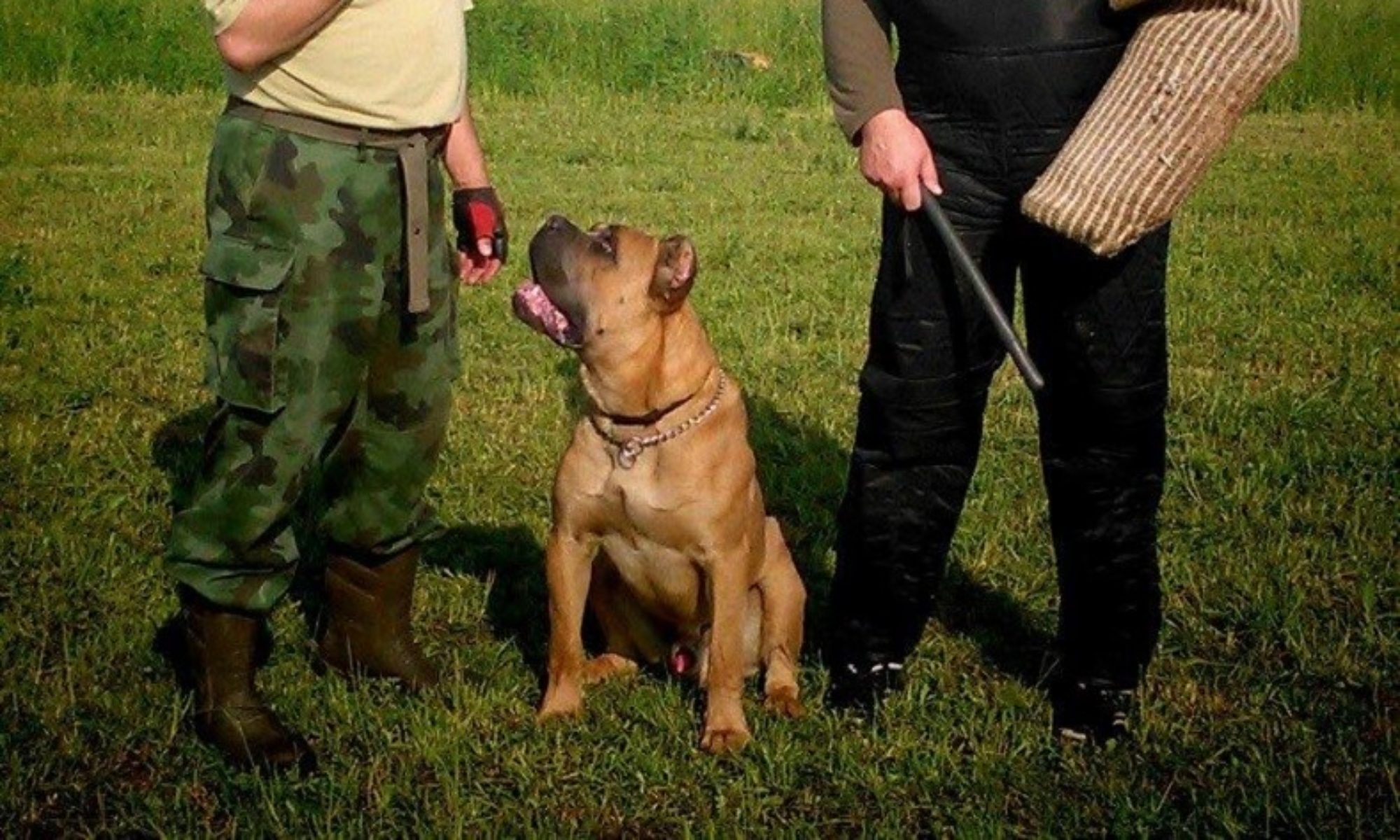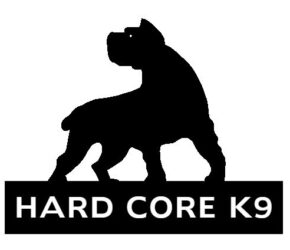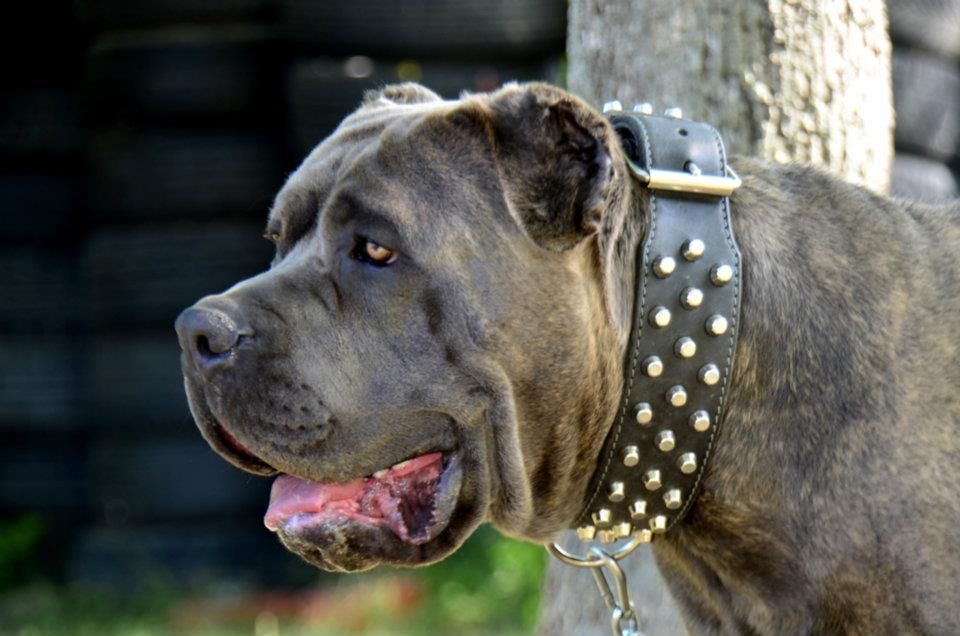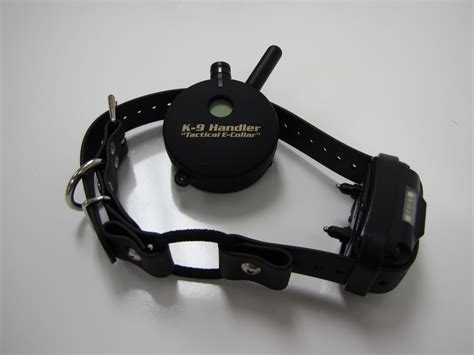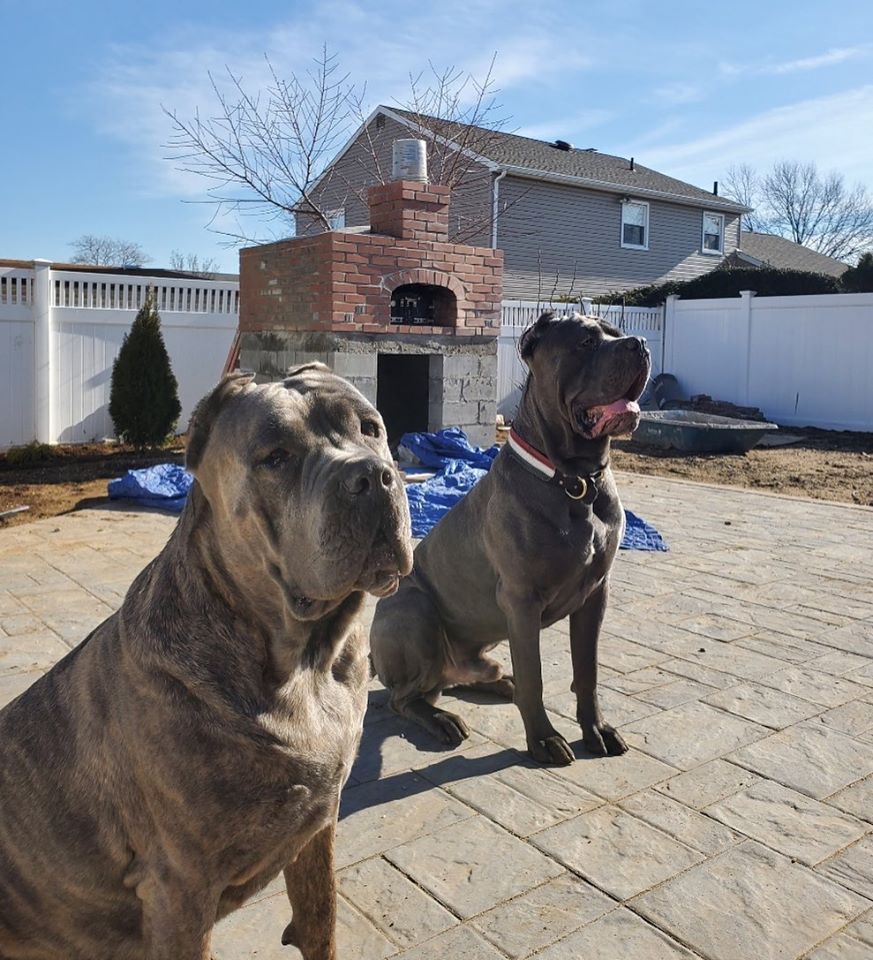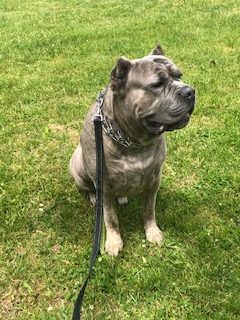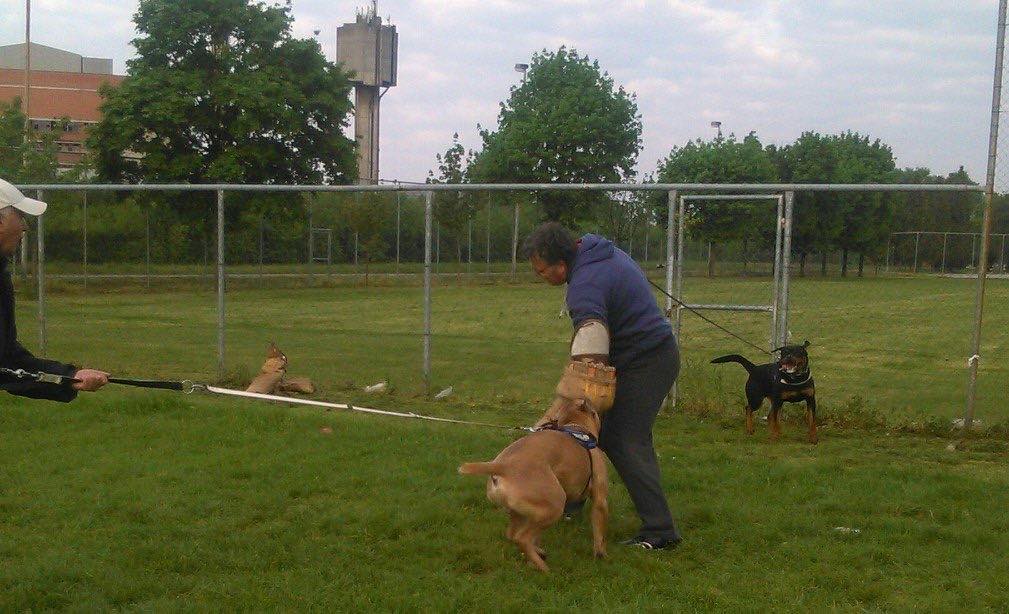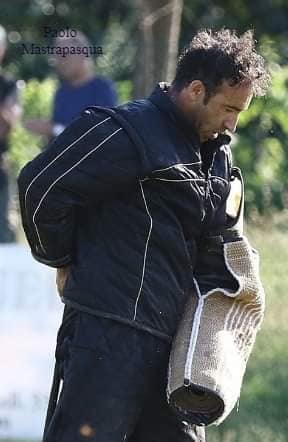What Is Dog Behavior Modification In Dogs?
To understand how to modify a dog’s behavior you must first understand how the dog’s brain works. For over 25 years we have been focused on training dogs not only for protection training work but for behavior modifications to help dogs fit into their families better.
Operant Conditioning
In operant conditioning, your dog learns to “operate” in his environment because his behavior is maintained by consequences being either reinforcement or punishment.
For instance, in the case of reinforcement, if you tell your dog to “sit” and upon sitting down, you deliver a cookie, your dog learned that compliance in “operating” results in a pleasant consequence; the cookie. If you reward the behavior often enough, especially during your dog’s initial stages of learning, you will see an increase in the sitting behavior.
B. F. Skinner, the father of operant conditioning, in his Skinner box experiment, delivered food to rats that engaged in a target behavior which was pressing a lever. After careful observations, he came to the conclusion that “behaviors that are reinforced, tend to be repeated and strengthen, whereas, behaviors that are not reinforced tend to extinguish and weaken.”
In the case of punishment, if your dog is wandering in the woods and gets sprayed by a skunk one day, he may be shocked enough to avoid going near the black and white animal once and for all. He may, therefore, decide to “operate” in his environment by running the other way upon spotting one. In this case, according to Thorndike’s law of effect, “responses that produce a discomforting effect become less likely to occur again in that situation.” A behavior, is therefore, said to be punished when it occurs with less frequency.
Therefore, to sum things up, the environment around dogs may lead to behavioral changes because of consequences.
Classical Conditioning
This method is a great method for behavior modification In classical conditioning, a stimulus signals the occurrence of a second stimulus. The father of this form of learning is Russian scientist Ivan Pavlov. In a study on digestive processes, Ivan Pavlov was evaluating the role of salivary glands. He employed several dogs for his experiments, and as good droolers, the dogs were salivating abundantly at the sight of food. This is a normal, natural response known as an “unconditioned response”. The dogs, indeed, did not have to learn to drool at the sight of food, because this is innate. However, as time went by, he noticed that the dogs started salivating even when no food was in sight. Indeed, they were drooling at the simple sight of any person wearing a lab coat! How did this happen? The dogs simply learned to associate the people working there with food. To further prove these associations, Ivan Pavlov started ringing a bell before feeding food, and with time, the noise of the bell alone had dogs drooling. The bell which was a neutral stimulus (meaning it initially meant nothing to the dog) became a conditioned stimulus (the dog learned to associate the bell with food) causing a conditioned response (the drooling). There are several conditioned stimuli surrounding dogs each day. Following are examples of conditioned reinforcers:
- The sight of the leash. To dogs a leash initially means nothing (neutral stimulus), but with time, they start associating it with walks (conditioned stimulus) and gets excited at its sight (conditioned response).
- The doorbell. To a dog the noise of a door bell means nothing at first (neutral stimulus), but with time, he starts associating it with people coming inside the home (conditioned stimulus) and starts getting excited/nervous/anxious (conditioned response).
- A clicker. To a dog the clicking noise of a clicker means nothing initially, (neutral stimulus) but after charging it by pairing it with treats, the clicker is associated with threats (conditioned stimulus) and the dog is all happy as soon as you take the clicker out of your pocket (conditioned response).
Classical Conditioning
- Ivan Pavlov is considered the father of classical conditioning.
- The behavior the dog engages in is involuntary (physiologic or emotional responses are automatic reflexes).
- The dog develops an involuntary response to a conditioned stimulus (the dog drools at the sight of the food bowl because it has learned to associate it with food).
- The dog is passive and learns without performing any voluntary actions.
The Four Training Methods that Work.
There are various methods dog trainers use for behavior modification, and dog behavior experts resort to in order to make a dog operant.
Note: It is important to point out that in behavior terms, the words positive and negative are not used to mean good or bad, but rather, positive means addition and negative means subtraction. Also, as mentioned earlier, the term reinforcement denotes a behavior that increases in frequency, whereas, the term punishment, is not used to entail anything hostile, but simply denotes a behavior that decreases in frequency.
- Positive reinforcement: In this case, positive means adding something so to make a behavior increase, (reinforcement). Example: you start giving (add) attention when your dog jumps.With time, the behavior of jumping increases.
- Negative reinforcement: In this case, negative means removing something so to make a behavior increase (reinforcement): Example: you stop staring (subtract) at your dog in a threatening way the moment he looks away. With time, the behavior of looking away increases.
Common Dog Behavior Modification Techniques and Terms
Following are some common and not so common behavior modification terms used when dealing with dog behavior.
Desensitization
This means to make a dog less sensitive to a trigger known to cause reactivity. It takes several small steps in carefully planned increments for it to work. To grant success, the trigger known for causing reactivity needs to be presented in such a way as to be less threatening. This entails working from a farther distance, making the trigger less noisy, keeping it still rather than moving etc. After repeated exposure done under threshold levels, the dog should demonstrate a diminished emotional response to the trigger. When the desensitization process is performed incorrectly and the dog is exposed to the trigger at a high level of intensity, the opposite may take place which is sensitization. On the other hand, the effects of systematic desensitization can be amplified when accompanied by ‘the cherry on the sundae”, which is counter conditioning.
Extinction
The process during which a behavior stops from occurring. When a behavior modification dog trainer reached their goals they call it extinction of the bad behavior, it eventually extinguishes; however, extinction bursts are not uncommon. According to dog trainer Steven Wrigley, extinction bursts are sign that the training/ behavior modification program is working. If for instance, a dog was used to pawing at the owner to be pet and the owner complied most of the time, once the owner stops petting, the dog may reduce the behavior of asking to be pet but at some point the pawing may increase considerably. This is an extinction burst which is the dog’s way of saying ” hey, I am here, don’t you see me? I guess I must increase my pawing and nudging behavior since it is no longer working”. How to deal with an extinction burst? By continuing to ignore the behavior and avoiding to reward. Rewarding at this point would prove deleterious.
Management
When a behavior problem takes place, it is important to reduce the frequency of the behavior. The more a dog engages in an unwanted behavior, the more it reinforces. For instance, if your dog raids the thrash can at night when left unsupervised, it is easier to simply install baby gates, invest in a trash bin with an irremovable lid, or close the kitchen door to prevent access to the trash can. Management may sound obvious, but countless dog owners allow their dogs to be set up for failure by not engaging in what are simple, almost obvious behaviors. Some more examples on how to manage unwanted behaviors:
- Crating a dog to prevent him from tearing apart the couch when unsupervised
- Installing a pen to prevent a dog from escaping
- Keeping shoes away from dogs that chew them
- Avoiding exposure to other dogs when a dog is clearly aggressive towards other dogs
- Investing in a no-pull harness for a dog that pulls
It is important to recognize that when feasible, management should be a temporary solution to a problem. The goal should be to use management for some time while working on dealing with the underlying problem. This means that if your dog chews your shoes, you should keep them out of reach when you are away, but you must also train your dog that they are not appropriate chew items by training your dog the leave it/drop it command and by praising your dog when chewing the appropriate items (chew toys).
These are only a few of the many dog behavior modification techniques employed by dog behavior experts. Each trainer/behavior expert has his/her preferred, we are happy to help and evaluate our dog.
